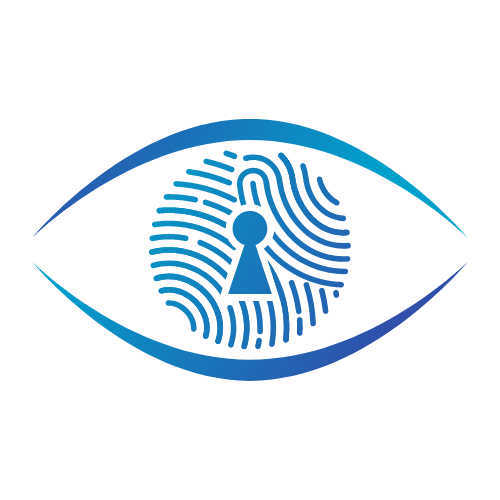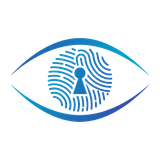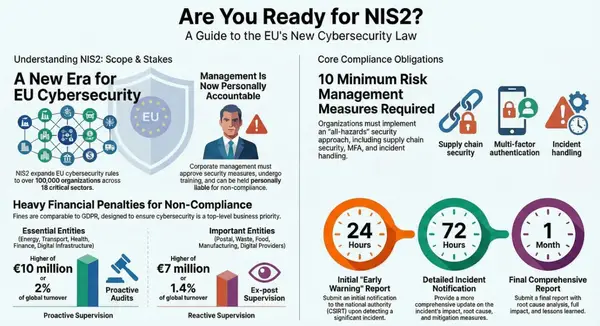Navigating the Complex World of Privacy with the NIST Privacy Framework 1.1

In an era defined by unprecedented technological innovation and the pervasive flow of data, safeguarding individuals' privacy has become a paramount concern for organizations worldwide. The National Institute of Standards and Technology (NIST) has stepped up to address this challenge by developing the NIST Privacy Framework 1.1, a voluntary tool designed to help organizations identify and manage privacy risk while fostering innovation and protecting individuals’ privacy. This framework, initially released as an Initial Public Draft on April 14, 2025, builds upon the lessons learned from its predecessor and aligns with the updated NIST Cybersecurity Framework (CSF) 2.0. This article delves into the key aspects of the NIST Privacy Framework 1.1 and explores how it can serve as a valuable resource for organizations navigating the complex landscape of privacy.
The Need for a Privacy Framework
The digital age has brought immense benefits, fueled by data about individuals flowing through intricate ecosystems. However, this data processing can lead to unforeseen consequences for individuals' privacy, and organizations may not fully grasp the extent of these impacts on individuals, society, or their own enterprises. Failure to effectively manage privacy risks can damage brands, financial stability, and future growth prospects.
Privacy is a multifaceted concept, encompassing values like human autonomy and dignity, and the means to achieve it can vary, including seclusion, limited observation, and individual control over personal identity facets. The diverse and evolving nature of privacy makes clear communication about privacy risks challenging. The NIST Privacy Framework 1.1 aims to bridge this gap by providing a common language and a practical, flexible tool for organizations to address their unique privacy needs. It is designed to be widely usable by organizations of all sizes, across all sectors, and irrespective of specific technologies, laws, or jurisdictions.
The Three Pillars: Core, Profiles, and Tiers
The NIST Privacy Framework 1.1, mirroring the structure of CSF 2.0, is built upon three interconnected components:
- The Core: This component serves as a set of privacy protection activities and desired outcomes. It facilitates communication about prioritized privacy protection efforts across all levels of an organization, from executive leadership to implementation and operations. The Core is organized into five Functions:
- Identify-P: Developing the organizational understanding to manage privacy risk for individuals arising from data processing. This includes inventorying data processing, understanding individuals' privacy interests, and conducting risk assessments.
- Govern-P: Establishing and implementing an organizational governance structure that integrates privacy risk into risk management priorities. This function focuses on setting privacy values, policies, understanding legal and regulatory requirements, and determining risk tolerance.
- Control-P: Developing and implementing appropriate activities to enable both organizations and individuals to manage data with sufficient granularity to mitigate privacy risks. This involves managing data processing in line with privacy principles and enabling individual data processing preferences.
- Communicate-P: Developing and implementing activities to foster a reliable understanding and dialogue between organizations and individuals about data processing and associated privacy risks. This function emphasizes transparency and engagement.
- Protect-P: Developing and implementing appropriate data processing safeguards to prevent cybersecurity-related privacy events. This addresses the intersection of privacy and cybersecurity risks. Each Function is further divided into Categories, which are groups of privacy outcomes linked to programmatic needs, and Subcategories, which provide specific technical and/or management activity outcomes. Appendix A of the document provides a detailed tabular representation of the Core.
- Organizational Profiles: A Profile represents an organization's current privacy activities (Current Profile) or its desired privacy outcomes (Target Profile). Organizations can select specific Functions, Categories, and Subcategories from the Core that are most relevant to their privacy risk management goals, business needs, and values. By comparing the Current and Target Profiles, organizations can identify gaps and develop action plans for improvement, enabling a prioritized and cost-effective approach to reducing privacy risk. Groups of organizations can also create Community Profiles to address shared privacy risk management needs. The Privacy Framework does not dictate specific Profile templates, allowing for flexibility.
- Tiers: Tiers provide a point of reference for how an organization views privacy risk and whether it has sufficient processes and resources in place to manage that risk. The framework outlines four distinct Tiers, ranging from Partial (Tier 1), characterized by ad hoc and reactive risk management, to Adaptive (Tier 4), where organizations actively adapt their practices based on lessons learned and continuous improvement. Tiers reflect a progression, but advancement is not mandatory; the appropriate Tier depends on an organization's specific risk landscape and objectives. Tiers can facilitate internal communication about resource allocation and serve as benchmarks for gauging progress in privacy risk management capabilities. Appendix E provides detailed definitions of each Tier.
Privacy Risk Management at its Heart
The NIST Privacy Framework 1.1 places a strong emphasis on privacy risk management, which is defined as a cross-organizational set of processes to understand how systems, products, and services may create problems for individuals and to develop effective solutions. The framework considers a privacy event as a potential problem individuals could experience due to data processing throughout its lifecycle. These problems can range from dignity-type effects like embarrassment to more tangible harms such as discrimination or economic loss. The framework uses the concept of a problematic data action to identify data processing steps that could lead to adverse effects for individuals.
The framework highlights the crucial relationship between cybersecurity and privacy risk management. While managing cybersecurity risks contributes to privacy protection, it is not sufficient, as privacy risks can arise from data processing activities unrelated to security incidents. The Privacy Framework encourages organizations to consider the broader spectrum of privacy risks associated with data processing.
Furthermore, the framework addresses the growing importance of artificial intelligence (AI) and its implications for privacy risk management. It emphasizes that the Privacy Framework 1.1 can assist organizations in identifying and managing privacy risks arising from data processing within AI systems throughout their lifecycle. This includes addressing risks related to training data, potential for revealing personal attributes, and biases in AI systems. The framework suggests leveraging specific Categories within the Core, such as Roles, Responsibilities, and Authorities (GV.RR-P), and Monitoring and Review (GV.MT-P), to manage AI privacy risks effectively. The NIST AI Risk Management Framework (AI RMF) can be used in conjunction with the Privacy Framework 1.1 for a comprehensive approach to managing AI-related risks.
Implementing the Framework: A Flexible Approach
The NIST Privacy Framework 1.1 is not a rigid checklist but a flexible tool that organizations can adapt to their unique circumstances. Its use should complement existing business and system development operations . Organizations can utilize the framework in various ways, such as:
- Analyzing gaps in existing privacy programs using the Core Functions .
- Establishing a new privacy program by referencing the Core Categories and Subcategories .
- Aligning privacy risk management priorities across different roles in the data processing ecosystem by comparing Profiles and Tiers .
- Using Informative References (available in the online Resource Repository) that map to the Privacy Framework Core to support implementation.
- Strengthening Accountability by fostering collaboration and communication across the organization.
- Applying it to the system development life cycle (SDLC) by aligning a Target Profile with different phases.
- Using it within the data processing ecosystem to understand how an organization's practices affect others.
- Informing Buying Decisions by using a Profile to generate privacy requirements.
The framework also emphasizes the importance of privacy risk assessment as a sub-process for identifying and analyzing specific privacy risks. This assessment helps organizations weigh the benefits of data processing against the risks and determine appropriate responses, such as mitigation, transfer, avoidance, or acceptance. Organizations should consider various characteristics in their risk assessment, including the risk model, assessment approach, prioritization of risks, and risk response strategies.
Conclusion
The NIST Privacy Framework 1.1 represents a significant step forward in providing organizations with a comprehensive and adaptable tool to navigate the complexities of privacy risk management. By understanding its core components, embracing a risk-based approach, and leveraging its flexibility, organizations can build stronger privacy foundations, foster customer trust, meet compliance obligations, and ultimately create more innovative and privacy-protective systems, products, and services in the ever-evolving digital landscape. The initial public draft of this crucial framework signals NIST's continued commitment to addressing the critical challenges of privacy in the 21st century and invites stakeholder feedback to further refine this valuable resource. Organizations are encouraged to explore the framework and its associated resources to enhance their privacy practices and contribute to a more privacy-respecting future.





